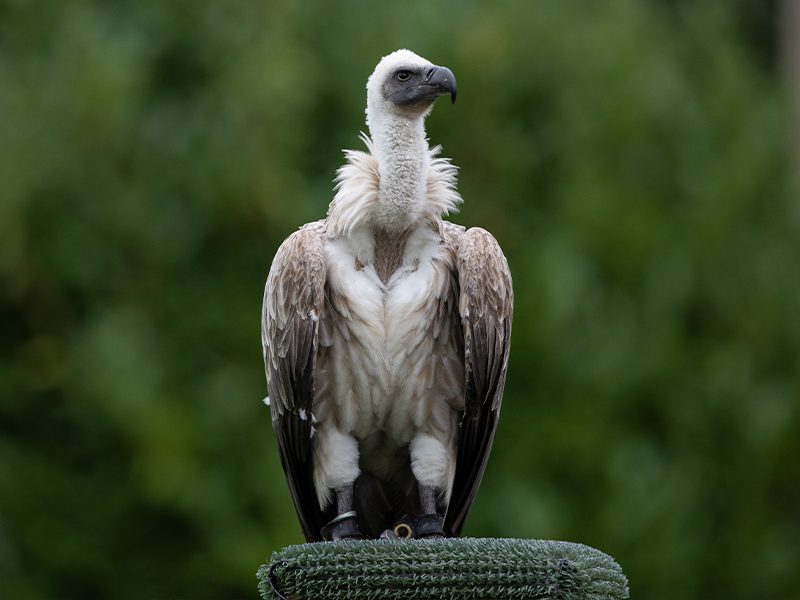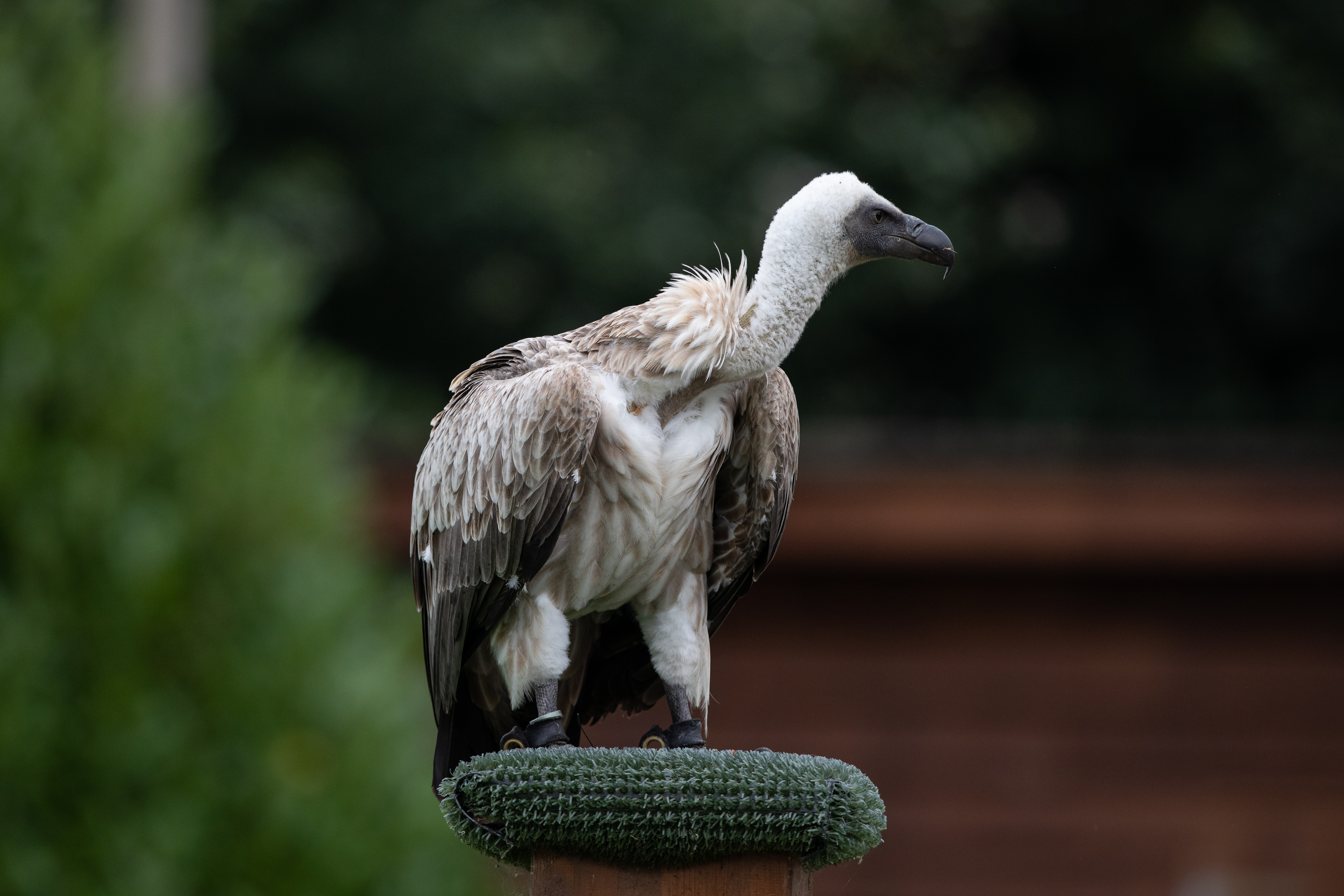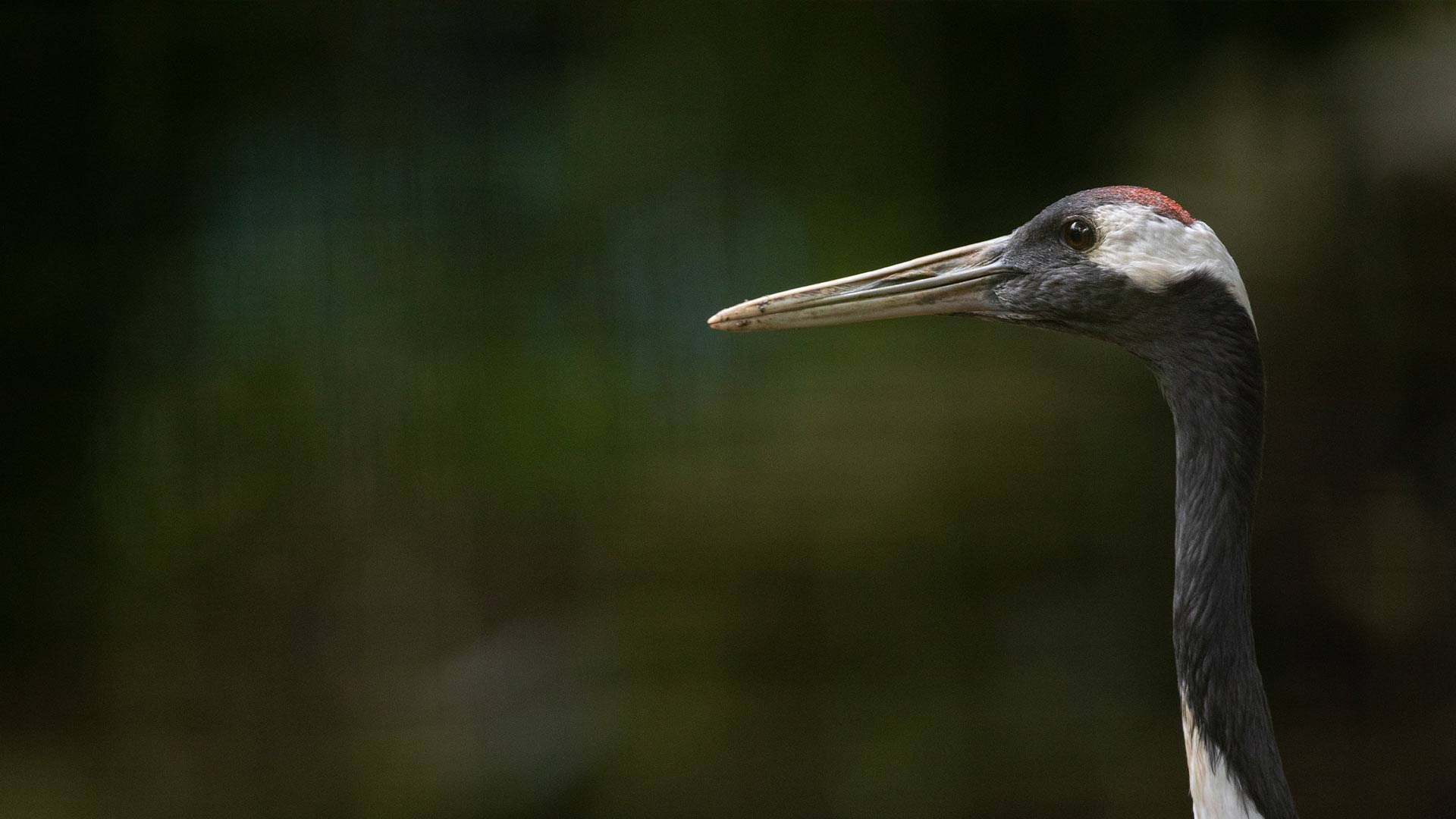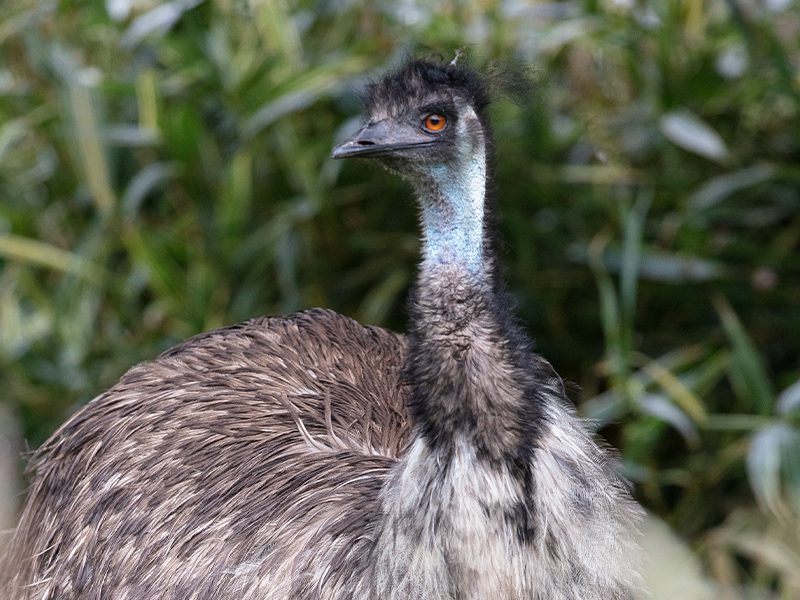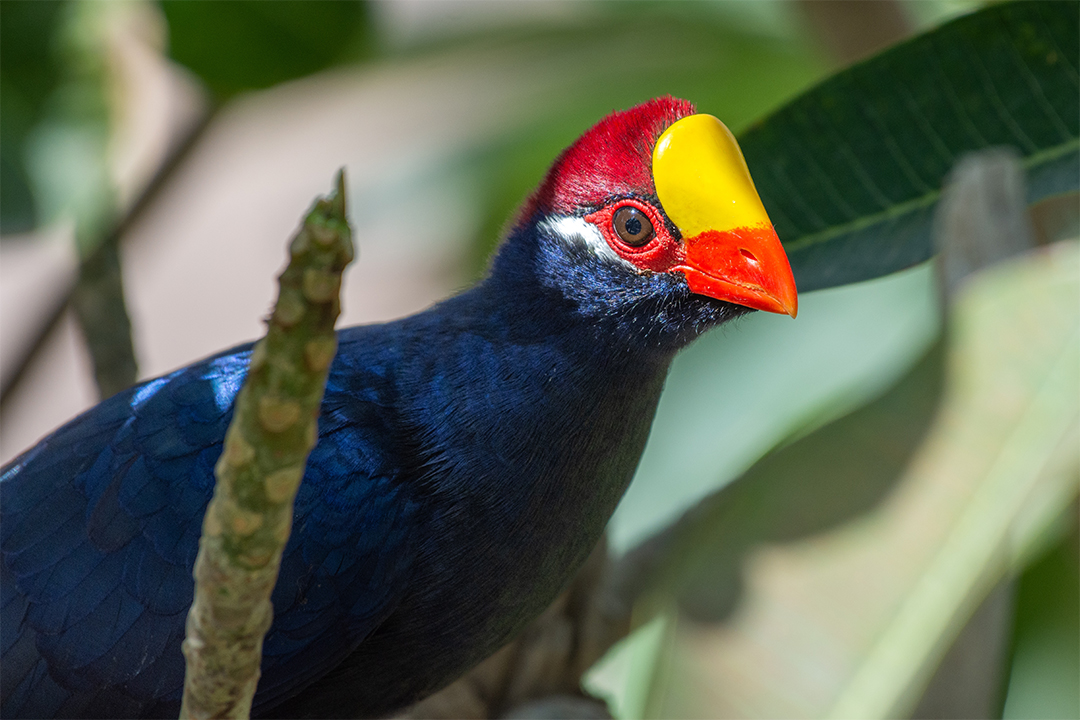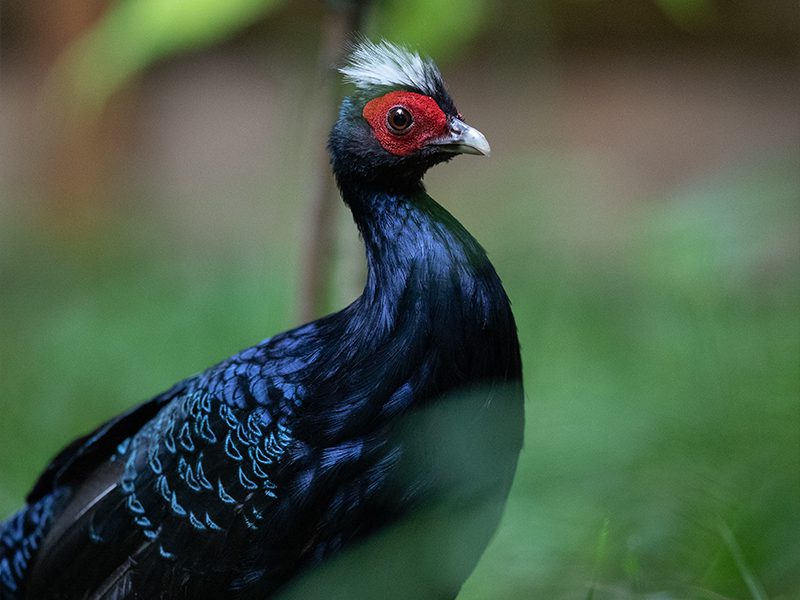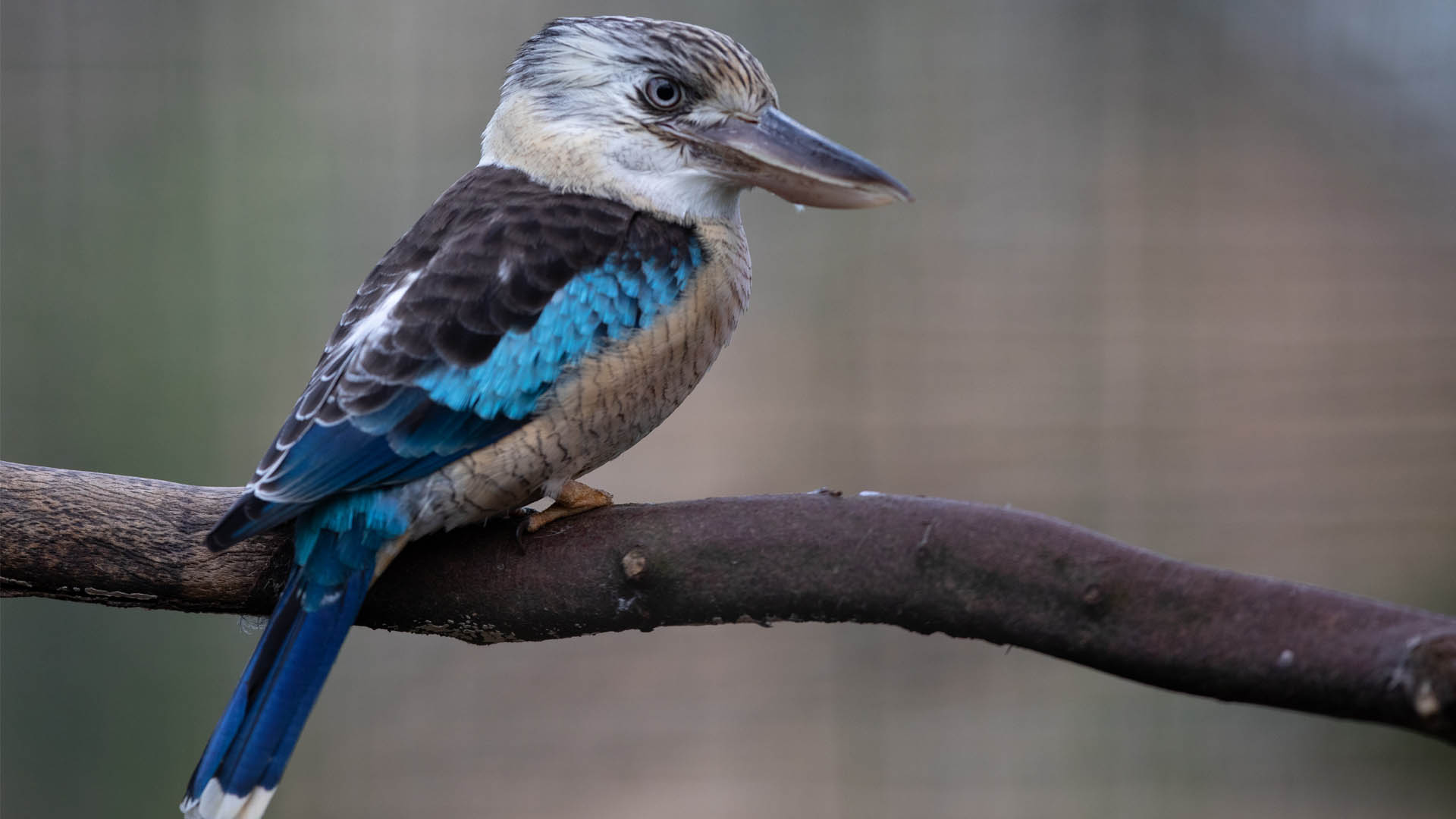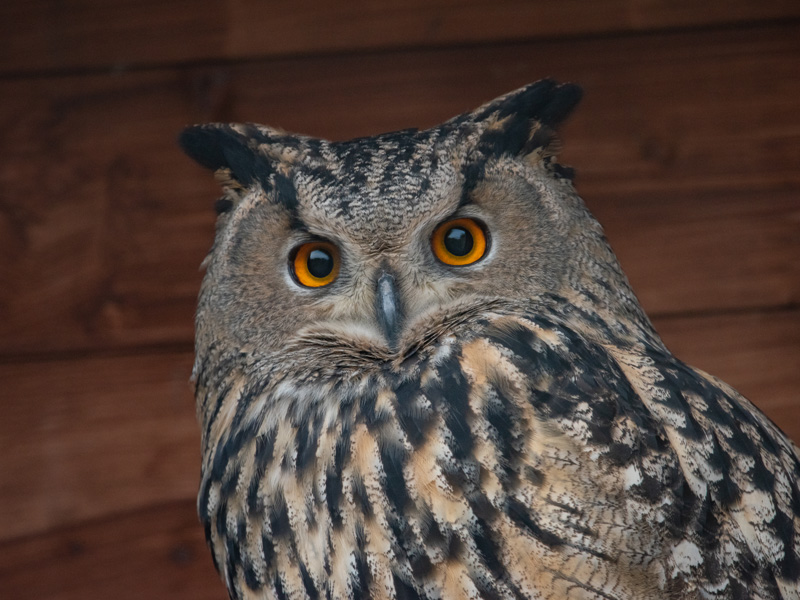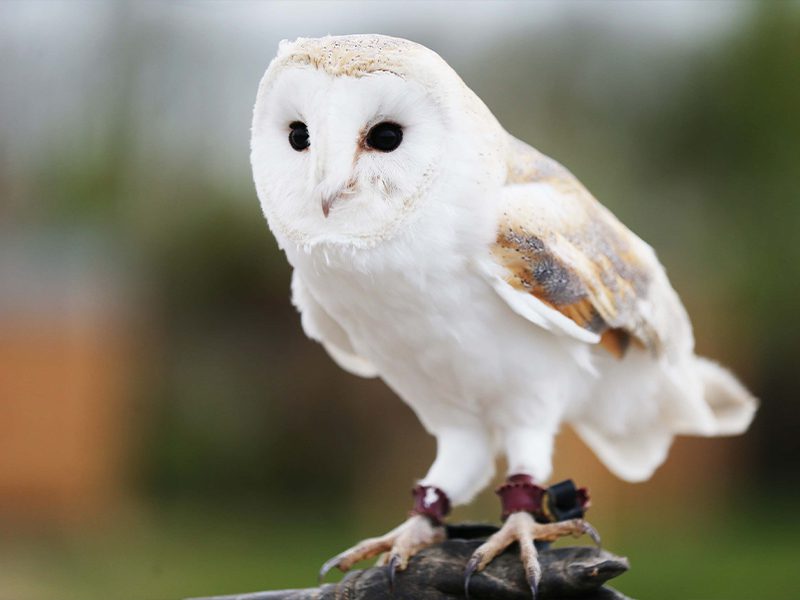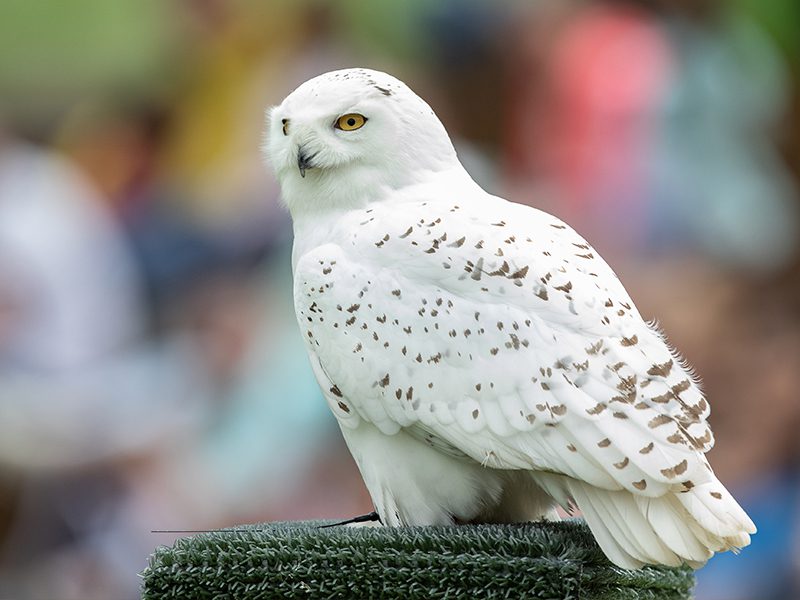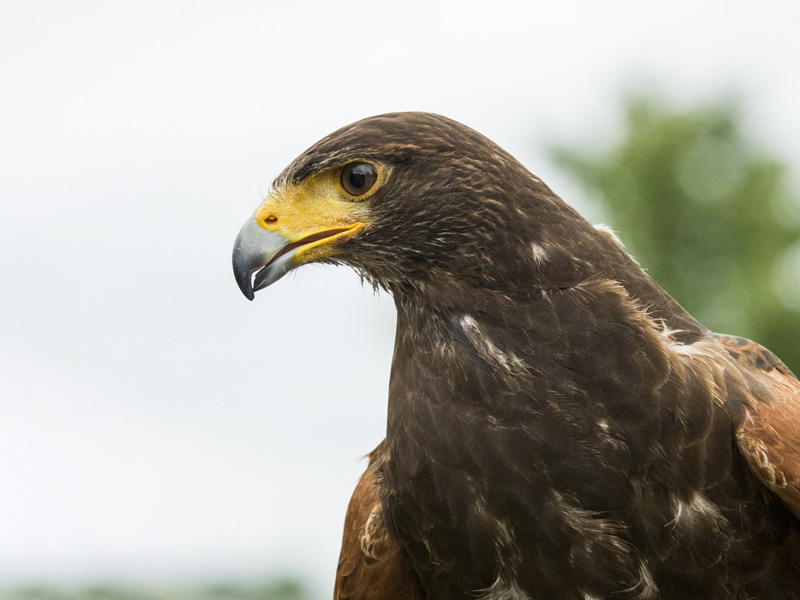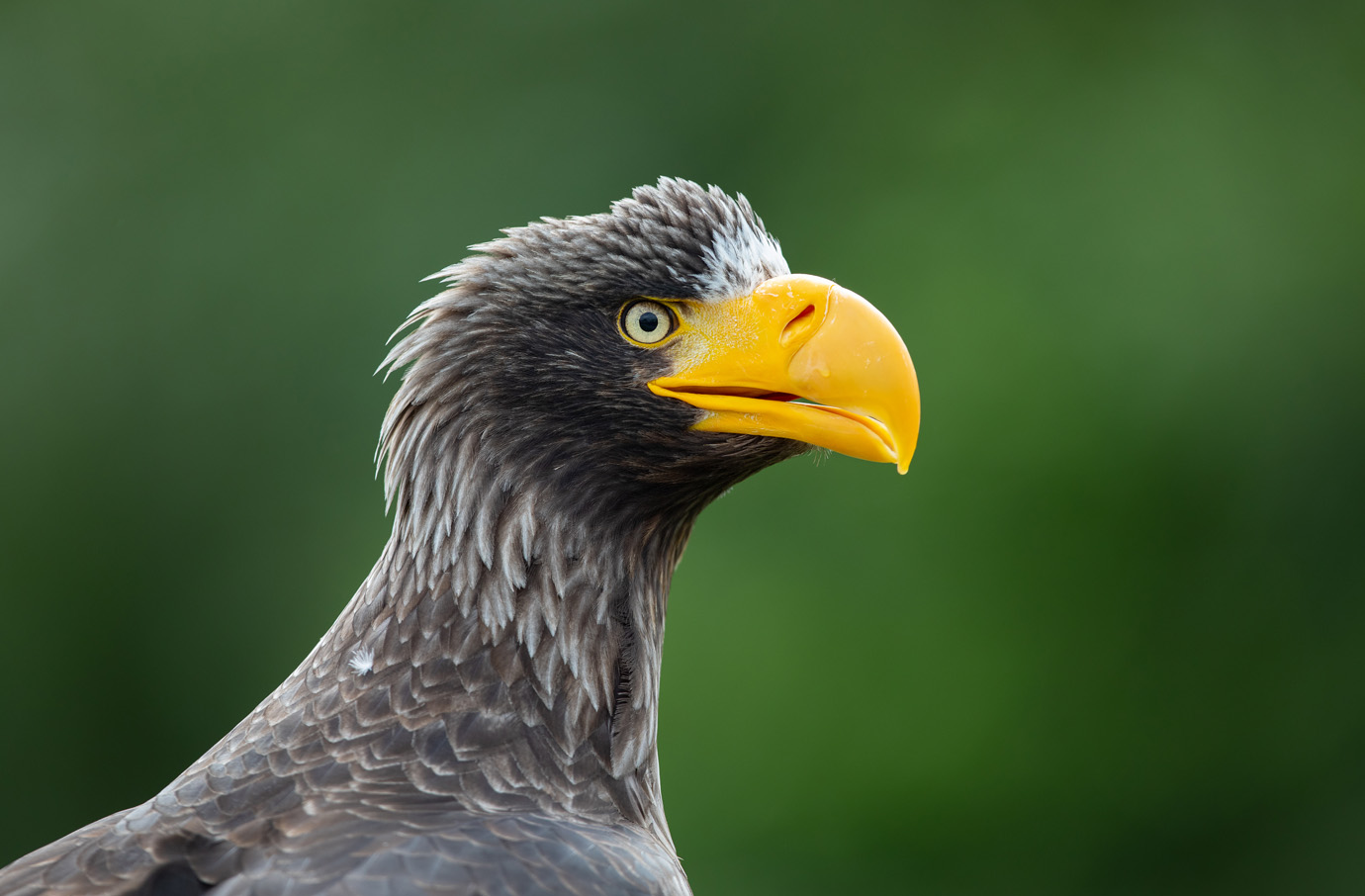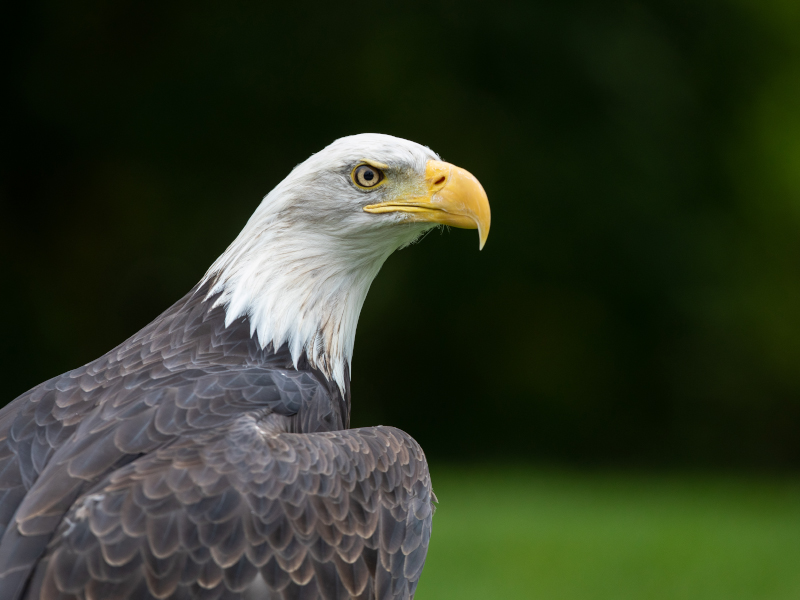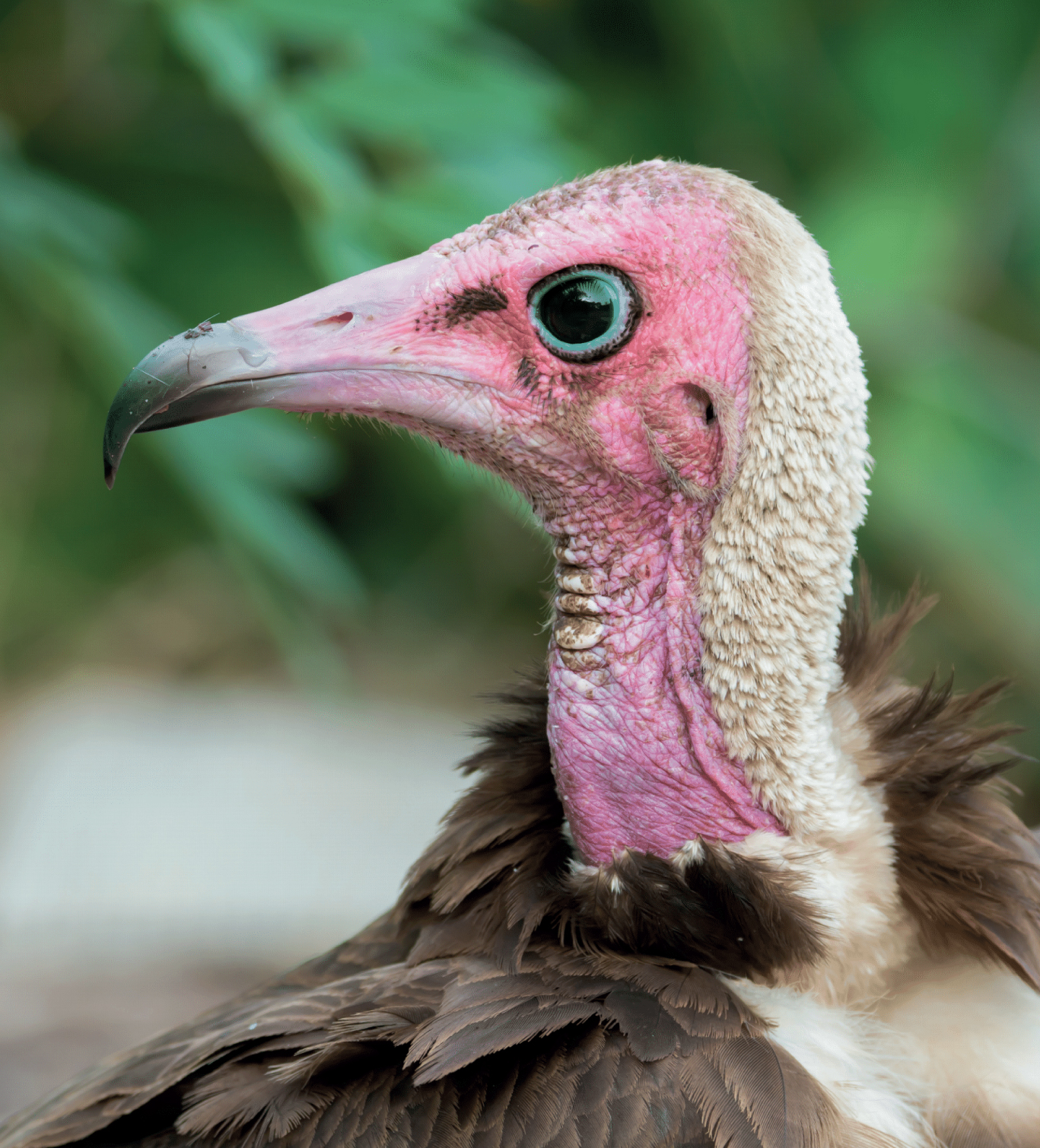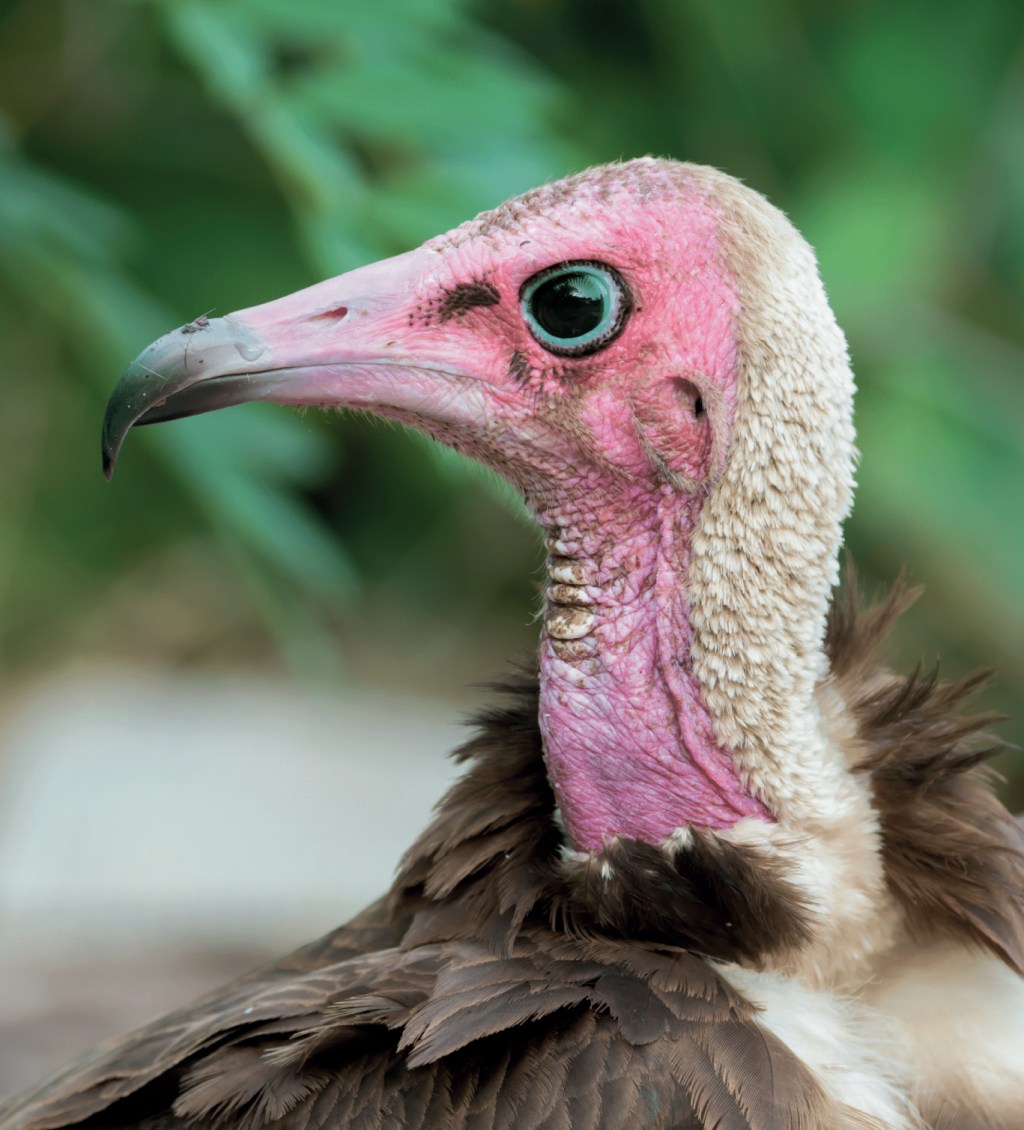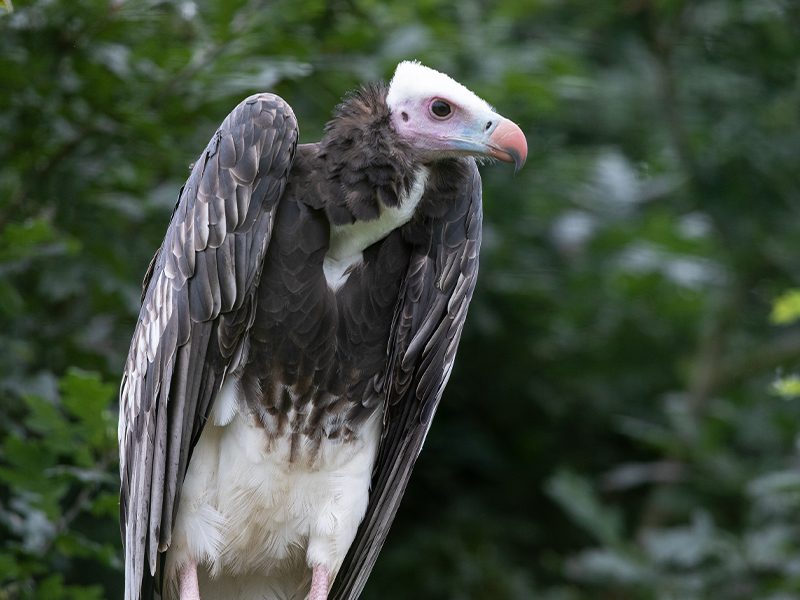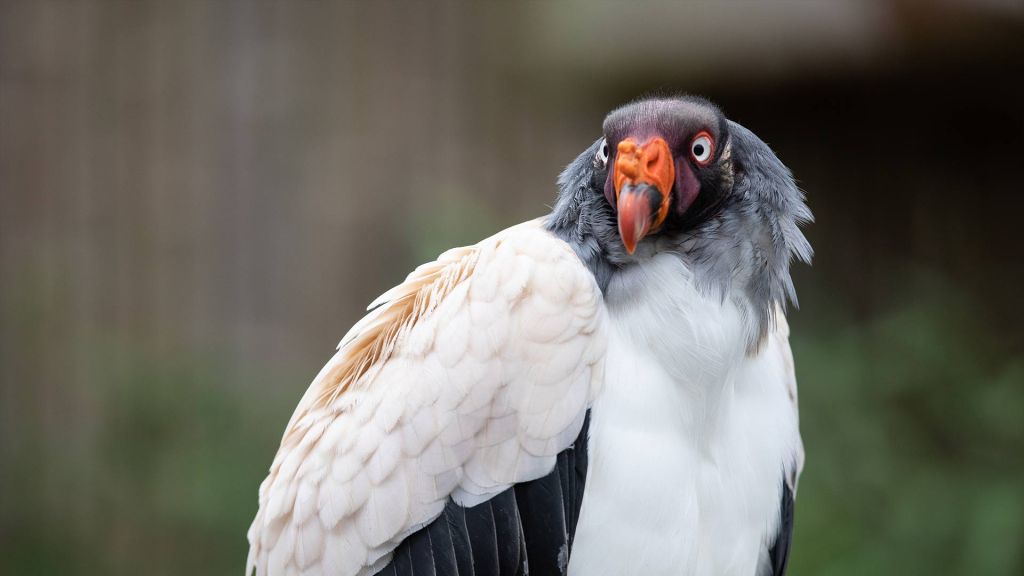The white-backed vulture has black eyes and a hooked black bill that contrasts with their pale crown and hindneck. The plumage of white-backed vultures becomes paler as they age.
The white-backed vulture is a medium sized vulture with large, broad wings, which they use to soar and circle on thermals for hours in search of carrion.
They have adapted to have excellent eyesight that enables them to spot food when flying high in the sky. They will also watch other vultures and follow them to a carcass.
They are a very social species that will congregate at carcasses and roost sites.
They are most active during the day. They will breed at the beginning of the dry season and will nest in small colonies.

Popular Searches
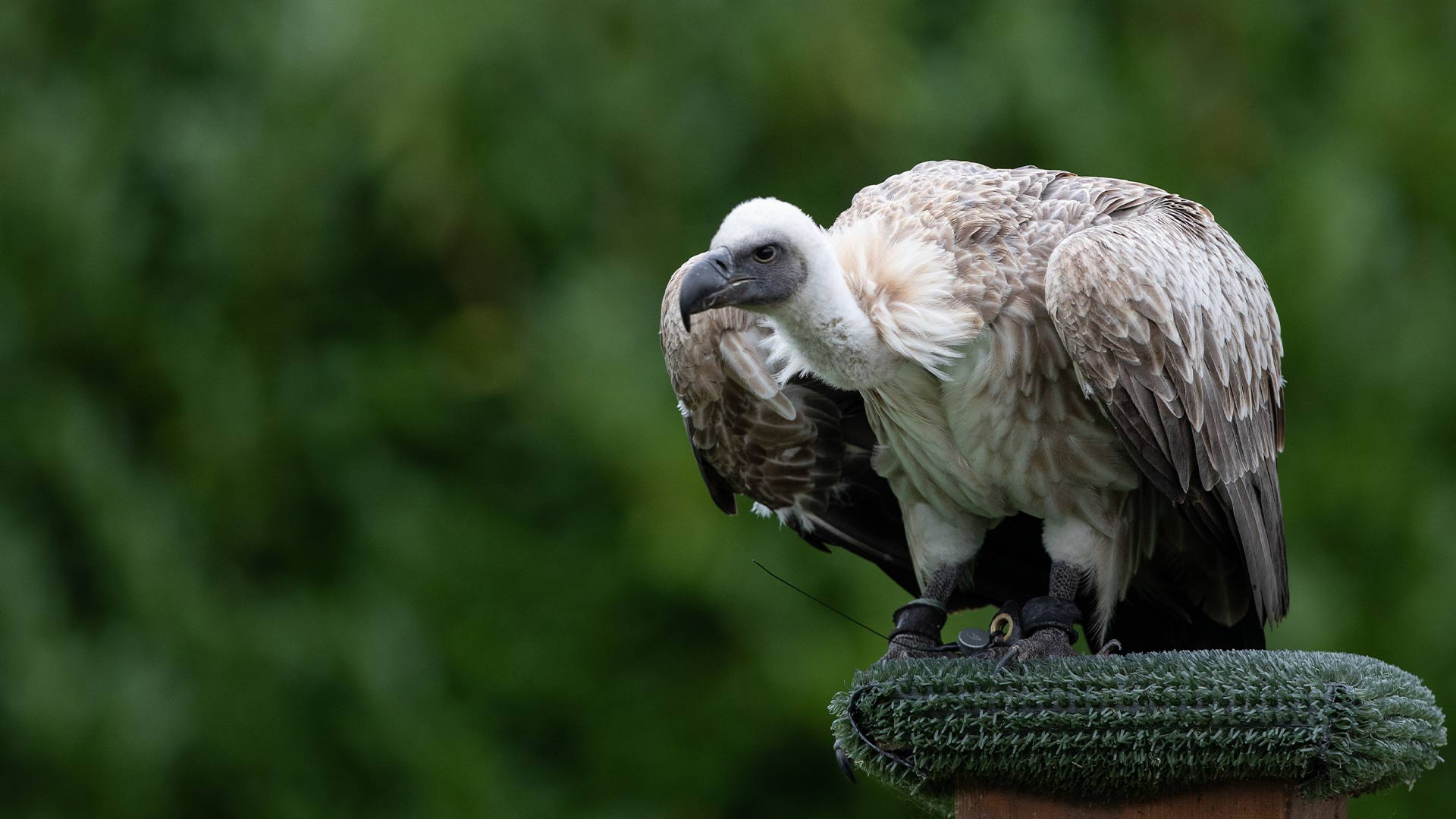
African white-backed vulture
For more info on classifications visit
www.iucnredlist.org
-
Introduction
-
Conservation
White-backed vultures are classed as critically endangered.
Although they are the most common and widespread species of vulture in Africa, the population of white-backed vultures has faced severe decline in parts of its range, with a suspected 89% of its population reduced over the past 3 generations*
Threats include loss and conversion of vulture habitat for agriculture, the decline in the population of wild ungulates (reducing food availability) and the persecution and the deliberate poisoning through bated carcasses.
*IUCN, 2021
Emerald Park conservation contribution:
EEP
African white-backed vultures are part of the EAZA Ex-situ Programme (EEP). This which means that their population is managed to ensure that there are heathy populations of animals within EAZA member zoos and for reintroduction in the future.
-
Habitat
The white-backed vulture is an “Old World” vulture that is the most wide-spread and common vulture in Africa, however, its population is facing rapid declines.
They can be found across a range of habitats including grasslands, desert and forests but will primarily inhabit open savannah where livestock and game animals can be found. -
Fun Facts
The African white backed vulture is a scavenger that feeds on carrion. They have a specialised digestive system will allow them to eat rotting meat with no issues. Their ability to eat rotting meat means they carry out an Important role cleaning up the environment and prevent the growth of pests and disease.
African white-backed vultures are monogamous birds that will breed at the beginning of the dry season.
They will nest in small colonies, building a nest that is made of sticks, lined with grass and leaves.
They lay a single egg which is incubated for 56 days.



